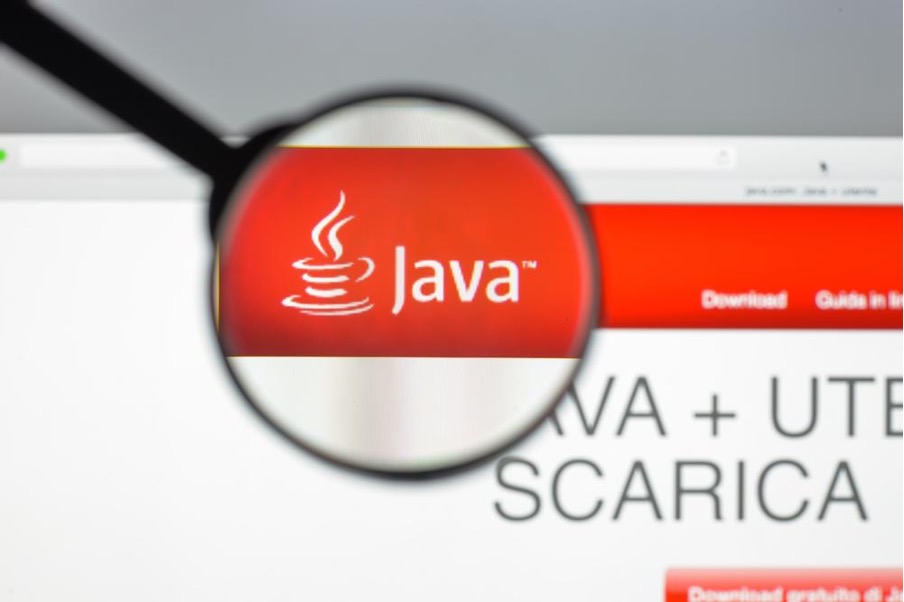This article is about Software Development
From Slow to Swift: 8 Code Optimization Techniques for Efficiency
By NIIT Editorial
Published on 16/06/2023
Optimizing code is an important part of making good software. Software is employed in almost every facet of modern life due to the pervasiveness of computers and other electronic devices. The software has become an essential part of our life, from the simplest smartphone apps to the most complicated systems utilised in space exploration.
Yet, code optimization is more crucial than ever before due to the growing complexity of software systems. Software performance, resource use, and user experience may all benefit from code optimization.
In this blog, we'll discuss several methods for improving the performance of your code.
Table of Contents
- Use Appropriate Data Structures and Algorithms
- Reduce Loop Overhead
- Cache Locality
- Avoid Excessive Function Calls
- Minimize Memory Accesses
- Use Bit Manipulation
- Reduce Branching
- Use Compiler Optimization Flags
- Conclusion
1. Use Appropriate Data Structures and Algorithms
Optimal performance may be achieved by carefully selecting appropriate data structures and algorithms. The creation of software would be impossible without the use of data structures and algorithms. They may have a major effect on how a programme functions. Software performance may suffer, for instance, if a linked list is used instead of an array because of poor cache locality.
Similarly, optimizing performance by selecting an appropriate method for a task may have a major impact. Analyzing the issue domain, comprehending the complexity of the method, and picking the proper data structures depending on the problem's needs are all techniques for choosing acceptable data structures and algorithms for various situations.
2. Reduce Loop Overhead
Slower execution times may be caused by excessive loop overhead. The term "loop overhead" describes the additional effort and resources needed to execute loop iterations. Loop hoisting, fusing, and unrolling are three methods for decreasing loop overhead. To do a loop unroll, one must replace the body of the loop with many copies of the body.
The term "loop fusion" refers to the process of merging together two or more loops that iterate over the same data source. With loop hoisting, the code that does not change between iterations is moved to the outside of the loop.
3. Cache Locality
There is a strong correlation between cache location and performance. While searching for information, a computer's central processing unit (CPU) will often look in its immediate vicinity, or "cache," for results. Using arrays rather than linked lists, organizing data to optimize cache hits, and reducing cache thrashing are all methods for increasing cache locality.
Cache locality is improved with arrays over linked lists since the data is stored in adjacent memory regions. Organizing data in a manner that minimizes cache misses is an essential part of data structure optimization. Cache thrashing may be kept to a minimum by limiting the number of data removal operations.
4. Avoid Excessive Function Calls
Slower execution might be the result of too many calls to functions. Pushing arguments onto the stack, running the function, and taking the return value off the stack all add up, making function calls potentially costly. Inlining functions, employing function pointers, and minimizing function arguments are all methods for cutting down on function calls.
To inline a function, the body of the function is substituted for the function's call. In order to call a function indirectly, its address must be stored in a variable and then referenced. As fewer arguments need to be placed onto the stack when calling a function with fewer parameters, speed may be improved.
5. Minimize Memory Accesses
Code execution may be slowed down by excessive memory accesses. Software developers often find that memory access is one of the most-costly activities. Temporary variables, reducing pointer dereferencing, and cache-friendly data structures are just a few methods for cutting down on memory reads and writes.
Temporary variables are used to decrease memory requests by temporarily storing data that is often accessed. Avoiding needless pointer dereferencing and utilising pointers sparingly may help keep pointer dereferencing overhead to a minimum. Selecting data structures that are designed to minimize cache misses constitutes caching-optimized data structures.
6. Use Bit Manipulation
Modifying bits to make code run faster is possible. The term "bit manipulation" refers to the act of changing data bits one at a time. As bitwise operations may be performed much more quickly than arithmetic operations, manipulating bits can boost speed.
Bitwise AND and OR operations may be used to determine if a bit is set or cleared, and bit shifting operations can be used to do multiplication or division by a power of two.
7. Reduce Branching
The execution of a programme may be slowed down by too many branches. The term "branching" refers to a set of statements used to make choices depending on a condition. Switch statements may be used in place of if-else statements, conditional expressions can be minimized, and lookup tables can be used to reduce branching.
As switch statements employ a jump table to decide which case to run, they may be quicker than if-else statements. Conditions may be minimized using boolean algebra and short-circuit evaluation. To use a lookup table, you must first compute and then store the results in a table for later use.
8. Use Compiler Optimization Flags
Code performance may be enhanced by using the compiler's optimization flags. Flags used to optimize the resulting code are called compiler optimization flags. -O3, for the most aggressive optimization, and -floop-unroll-and-jam, for loop unrolling and fusion, are two examples of compiler optimization settings. The optimization flags selected for a compiler are platform and compiler dependent.
Conclusion
In conclusion, optimizing code is a crucial step in creating any piece of software. It has the potential to drastically boost performance, cut down on resources used, and improve the user's overall experience.
Some strategies for code optimization include selecting the right data structures and algorithms, decreasing loop overhead, increasing cache locality, eliminating unnecessary function calls, decreasing memory accesses, manipulating bits, cutting down on branching, and leveraging compiler optimization flags.
Developers may improve the speed, efficiency, and dependability of their programme by learning these approaches in a software engineering course.
 Sign Up
Sign Up















































































































































































































































































































































































































































































